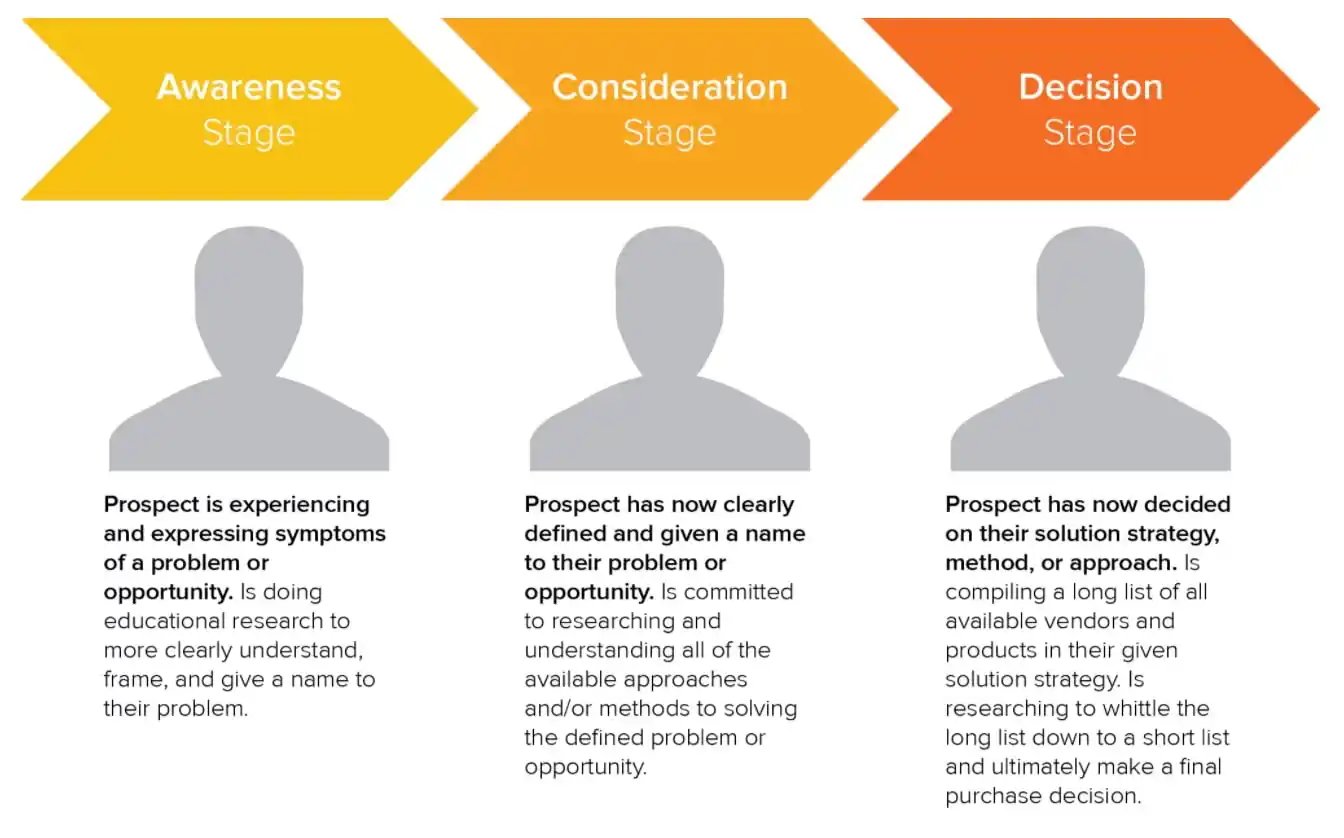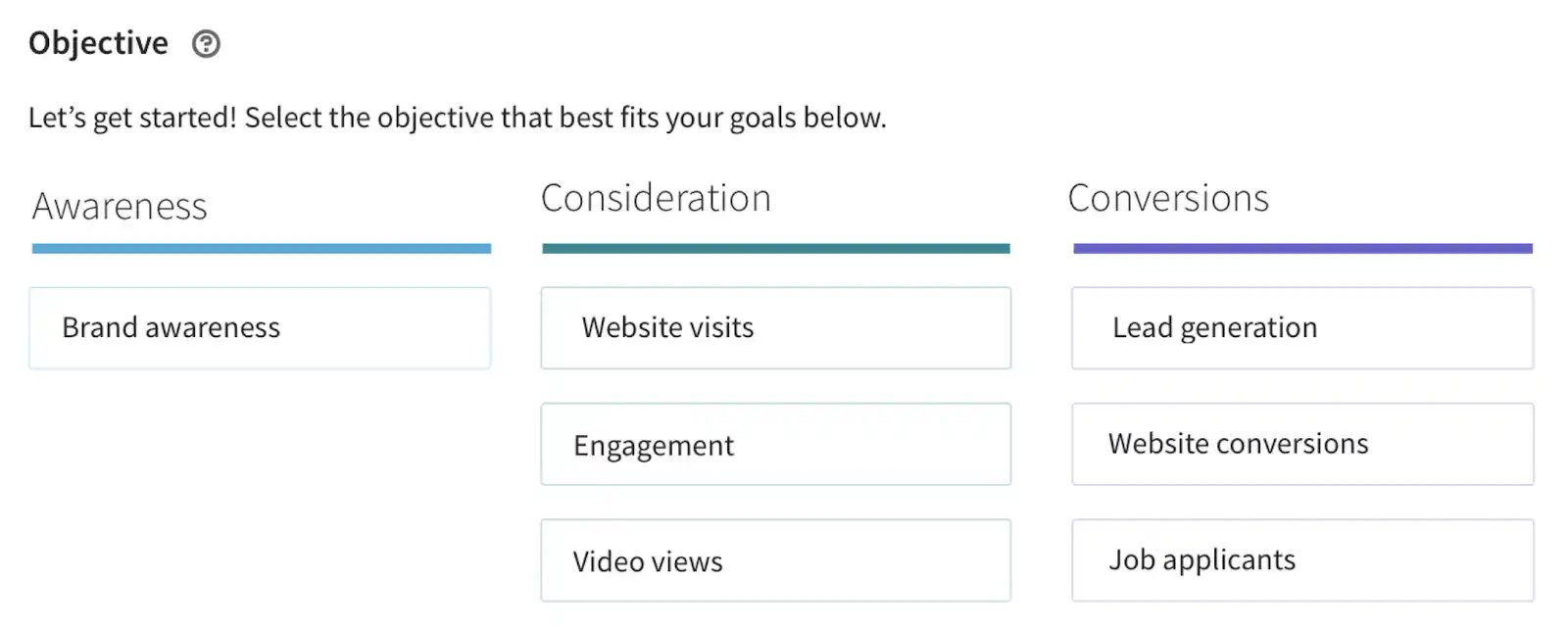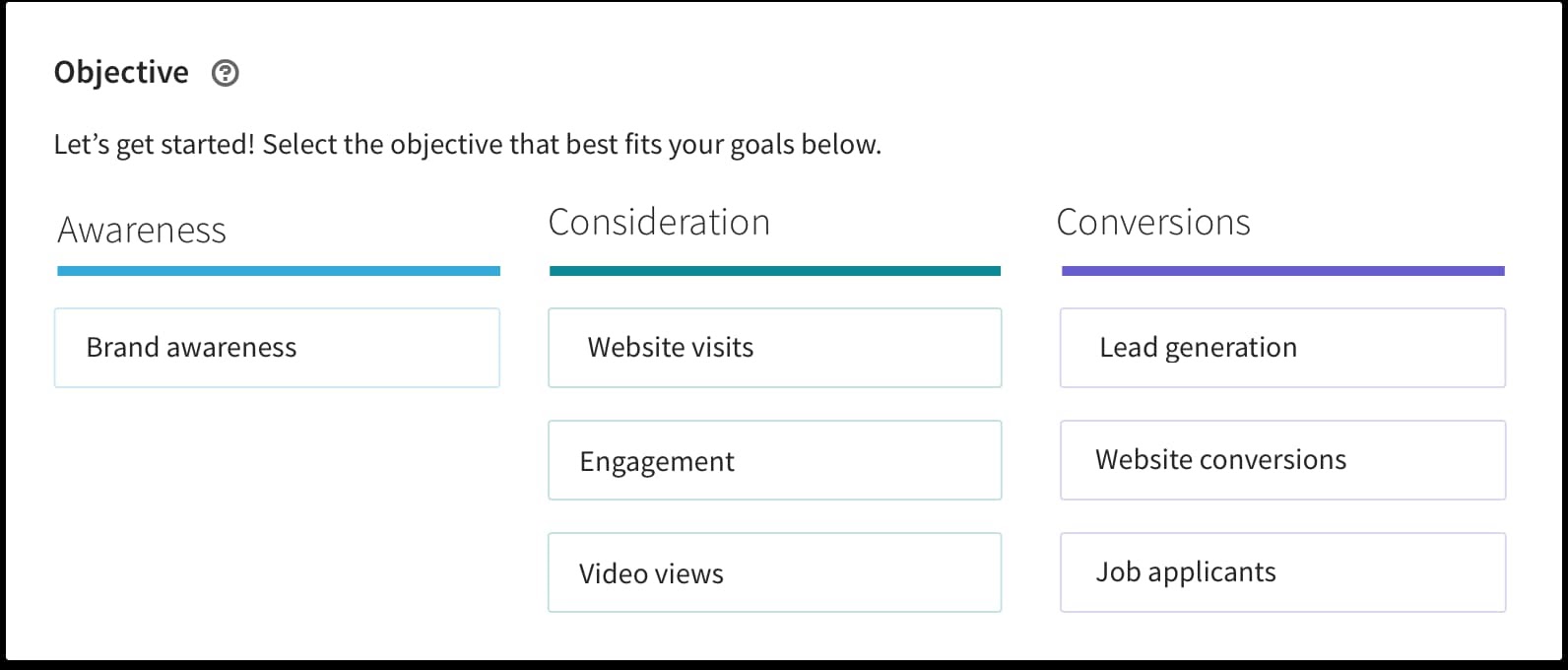LinkedIn is a strictly professional, B2B platform — qualities that set it apart from most of the social media ecosystem. By LinkedIn's own estimate, 97% of B2B marketers use the platform to support their content marketing efforts.
Couple that figure with the fact that roughly 88% of video marketers report that video marketing offers a positive ROI, and you'll find that a solid LinkedIn video strategy is a sound investment.
LinkedIn videos can reach prospects, current customers, executives, decision-makers, and followers interested in your company. That's why understanding how to format and craft them can wind up being central to your overall content marketing strategy.
Here is some insight about LinkedIn video specs and best practices.
LinkedIn Video Specs
1. Name this ad (optional): Use up to 255 characters to name your video ad.
2. Introductory text (optional): Use up to 600 characters for your intro text.
3. Length: Three seconds to 30 minutes (Tip: most successful video ads are less than 15 seconds long)
4. File size: Between 75 KB and 200 MB
5. File format: MP4
6. Frame rate: Less than 30 FPS (frames per second)
7. Pixel and aspect ratio requirements:
- Landscape 16:9 aspect ratio (1.78):
- Minimum: 640 x 360px
- Maximum: 1920 x 1080px
- Square 1:1 aspect ratio (1):
- Minimum: 360 x 360px
- Maximum: 1920 x 1920px
- Vertical 9:16 aspect ratio (0.5652):
- Minimum: 360 x 640px
- Maximum: 1080 x 1920px
9. Audio format: AAC or MPEG4
10. Audio size: Less than 64KHz
11. Video captions: must be in SRT format
12. Video thumbnail (optional):
- File format: JPG or PNG
- Maximum file size: 2 MB
- Tip: the aspect ratio and resolution of the video thumbnail and video should match
13. Video headline: Use up to 70 characters to avoid truncation on most devices (200 max characters).
14. Destination URL: All URLs must have the http:// or https:// prefix. Use up to 2,000 characters for the destination link.
If you add URL parameters for third-party tracking, do not use quotation mark characters within the parameter settings to avoid technical errors with reaching your destination URL.
Some special characters (for example: < > # % { } [ ] and others) cause errors when they're included in the query string at the end of the URL. Even if unsafe characters are accepted, they may not be supported in all browsers. If your URL generates an error, copy everything after the question mark into the URL and paste it into a URL encoder like this one:
http://meyerweb.com/eric/tools/dencoder/.Then, copy your results and replace the original query string in the URL. This should resolve the issue.
15. Call-to-action (CTA): Choose from available CTAs.
LinkedIn Video Best Practices
- Define your video campaign objective.
- Plan your content around your objective.
- Craft your videos to capture and retain your viewers' attention.
- Create a video ad campaign around your preferred objective.
- Ensure your sponsored content is descriptive, pointed, and compels action.
- Test, optimize, and consistently improve your videos.
Define your video campaign objective.
Every LinkedIn video campaign has an endgame, and if you want to be able to track the efficacy of your video marketing efforts on the platform, you have to understand what you're trying to achieve. The broader category of your campaign objective is going to reflect a stage in the buyer's journey: awareness, consideration, or decision.

Once you've established the general nature of your objective, you can start to hone in on more specific goals with definitive, quantifiable metrics. LinkedIn even provides a list of possibilities by stage.

Plan your content around your objective
If you're looking to spread awareness or facilitate consideration, consider positioning yourself as a thought leader, sharing stories of customer success, projecting a more cohesive brand identity, or telling brand stories. If you're interested in generating conversions, try creating quick product demos, previewing content like webinars, or offering information on upcoming events.
No matter what your ultimate goal might be, take time to research what kind of content is best equipped to support it. Once you have a picture of what you want out of your video, take strides to make it stand out.
Craft your videos to capture and retain your viewers' attention.
Social media users are constantly inundated with content. An average LinkedIn user's feed can be a waterfall of compulsively ignorable videos, images, and posts. If you want your video to register with your followers and the LinkedIn community at large, take strides to immediately capture their attention. Here are some tips to ensure you do just that:
- Front-load your most important content in your videos. Try to get your most prescient information and attention-grabbing points the first ten seconds of your video.
- Add subtitles to your videos. In all likelihood, a significant portion of your audience will be mindlessly scrolling through their feeds and see your video with no sound — if they can't tell what your video is saying, it will be much easier to pass over. Make sure to add subtitles to your videos online to maximize its accessibility.
- Make your videos immediately visually appealing and engaging. In a similar vein to the point above, this one plays on the fact that your audience will likely be scrolling through their feeds passively. If you immediately present compelling visuals, you have a better chance of engaging them and capturing their attention.
- Optimize your videos' duration based on your objective. If you're looking to garner brand awareness or facilitate consideration, try to keep your video under 30 seconds. If you're interested in demand generation, you have more flexibility to make your videos longer and more in-depth.
Create a video ad campaign around your preferred objective.
Once you have an idea of the content you intend to produce, you can log into LinkedIn's Campaign Manager, select your preferred objective, and post your content within its specific, tailored video format.

Each objective comes with corresponding bid methods and metrics to finance your campaign and gauge its success. For instance, if you're interested in driving brand awareness, you would measure your success with website visits and pay based on cost per one thousand impressions. Or if you're trying to collect leads, you would measure by leads generated and bid by cost per click.
Ensure your sponsored content is descriptive, pointed, and compels action.
Always include a descriptive, coherent explanation of the nature of your video in its headline and text. Again, this is a matter of capturing and retaining the right attention for your content. It can also help give your content context and fill in some blanks your video might not be able to cover.
Also, feature a clear, visible call to action, so interested audience members know how to proceed. Give links to landing pages, provide ways for them to get a hold of your marketing collateral, or take any other strides you might need to ensure that your content wasn't created in vain.
Test, optimize, and consistently improve your videos.
Try A/B testing your videos with different lengths — see if your message can be conveyed more effectively in less time. Experiment with different introductory text to see if you can capture your audience's attention quicker with different language. Explore different content types entirely — maybe different kinds of videos with varying tones, style, or direction register more with your prospects.
One way or another, take the time to zero in on your ideal type of content and the most effective way you can package it.
A solid LinkedIn video can be a tremendous asset to your content marketing efforts, so it serves you to understand how to do them right. If you can create compelling content that fits the proper specs and is in keeping with the format's best practices, you can effectively reach your audience at any stage of their buyer's journey through the platform.

.jpg)

